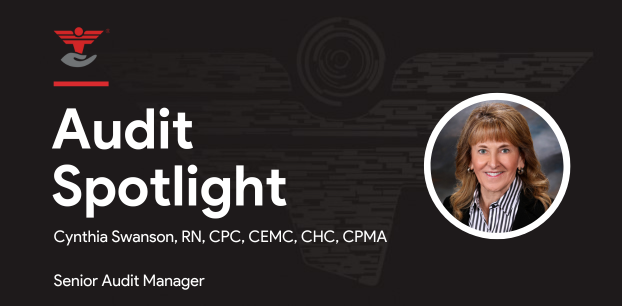
What is Hospital Outpatient “Observation” Care?
Background
When patients are seen and treated in a hospital, they are assigned either an “outpatient status” or an “inpatient status.”
Hospital Outpatient Care and Hospital Inpatient Care
Hospital outpatient care examples may include receiving, x-rays, CT scans, MRIs, PET scans, laboratory tests, colonoscopies, mammograms, chemotherapy infusions, radiation treatments, same day surgery, emergency room (ER) visits, observation care/services, and others.
Hospital inpatient care examples may include hospital admission for a major/complex surgery, serious illness or medical diagnosis, childbirth, behavioral health rehab, severe injuries, and others.
The actual location where observation care services are provided in the facility does not define whether a patient is inpatient or outpatient. It is the practitioner’s written order(s) and the duration of stay that determines whether hospital care is designated as outpatient or inpatient status.
Definition of Hospital Outpatient Observation Care and Billing Guidelines
Hospital outpatient observation care falls under an outpatient status and is defined by Medicare as, “a well-defined set of specific, clinically appropriate services, which include ongoing short-term treatment, assessment and reassessment before a decision can be made regarding whether patients will require further treatment as hospital inpatients or if they are able to be discharged from the hospital. Observation services are commonly ordered for patients who present to the emergency department and who then require a significant period of treatment or monitoring in order to make a decision concerning their admission or discharge.”
In most cases, the decision whether to discharge a patient from the hospital following resolution of the reason for the observation care or to admit the patient as an inpatient can be made in less than 48 hours, usually in less than 24 hours. Only in rare instances do reasonable and necessary outpatient observation services span more than 48 hours.
Hospitals may bill for patients who are “direct admissions” to observation. A “direct admission” occurs when a physician in the community refers a patient to the hospital for outpatient observation care, bypassing the clinic or ER.
A physician should not order observation services for a future elective surgery or outpatient surgery cases. Neither pre-operative services nor post-operative services meet the definition of observation care.
When medically necessary observation care services span more than one calendar day, all hours for the entire period of observation should be included on a single line on the insurance claim. The date of service is the date observation care/services began.
Claim Example of Facility Billed Charges For Observation Care/Services
While it may seem like a patient’s hospital outpatient care should be less expensive and less invasive than inpatient hospital care/treatment, that is not always the case.
Refer to the UB-04/electronic equivalent claim example below of a Texas facility’s billed charges for outpatient observation care and other related services:
Emergency Department Visit – $7,540.00
Hospital Observation Care – $176,800.00
Laboratory Tests – $7,900.57
EKG Tracing – $689.00
Pharmacy – $3,853.48
Chest X-Ray – $815.10.
Medical/Surgical Supplies $348.70
Total Facility Billed Charges – $197,946.85
ClaimDOC Pricing using APC 8011 with Markup = $2,917.62
Plan Saving $195,029.23
Percentage of Savings 98.5%
The Takeaway
As reflected in the case example above, charges can vary by thousands of dollars depending on a range of factors, including the type of facility, where the care is provided, the facility’s markup of items/services, and other considerations. The bottom line – facility charges influence the ultimate cost for employers and consumers.
While facilities can charge/bill any amount they elect for provided services/care, egregious fees, unbundling of services, and/or incorrect coding/billing can complicate matters for members to understand their bills and payments, impact the collection of patient balances, build a reputation of improper billing, create burdens for patients having no insurance and a host of other issues.
Our goal at ClaimDOC is to use benchmark charges and costs nationally to negotiate fair and ethical payments. Employers turn to us to seeking to establish fair reimbursement rates for their plans allowing them to save money and provide richer benefits to their employees. A win-win for everyone.
*Note: Payment policies can vary from payer to payer. Specific billing, coding, coverage and reimbursement related issues should be directed to the payer.